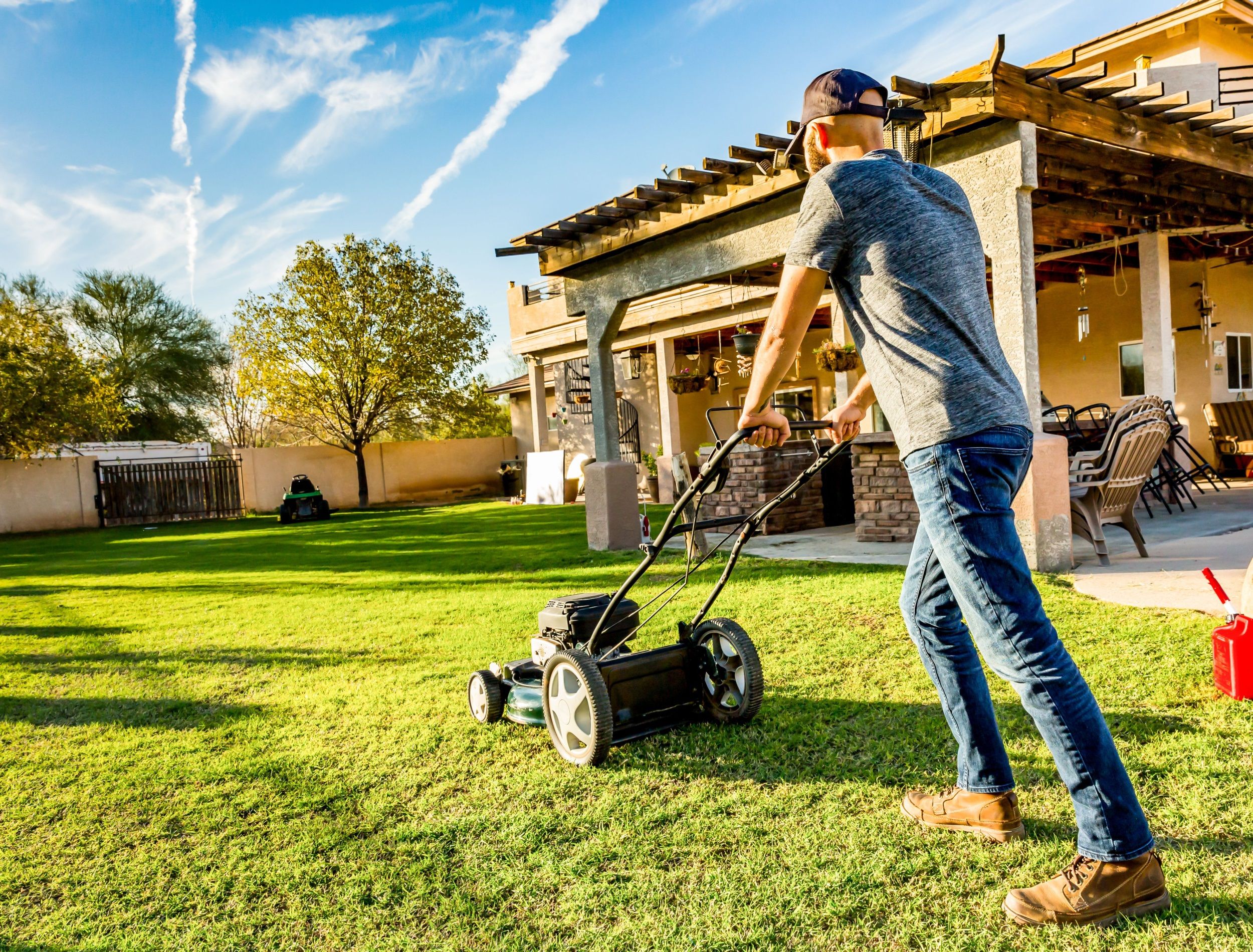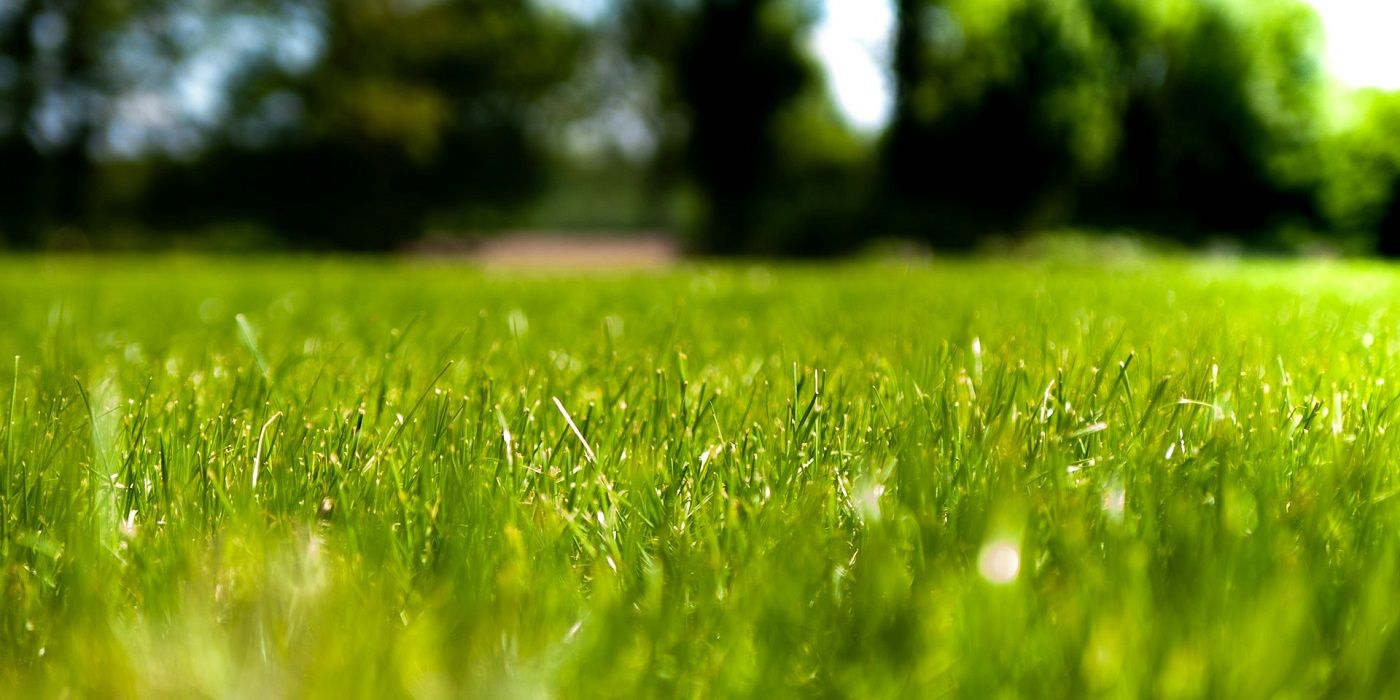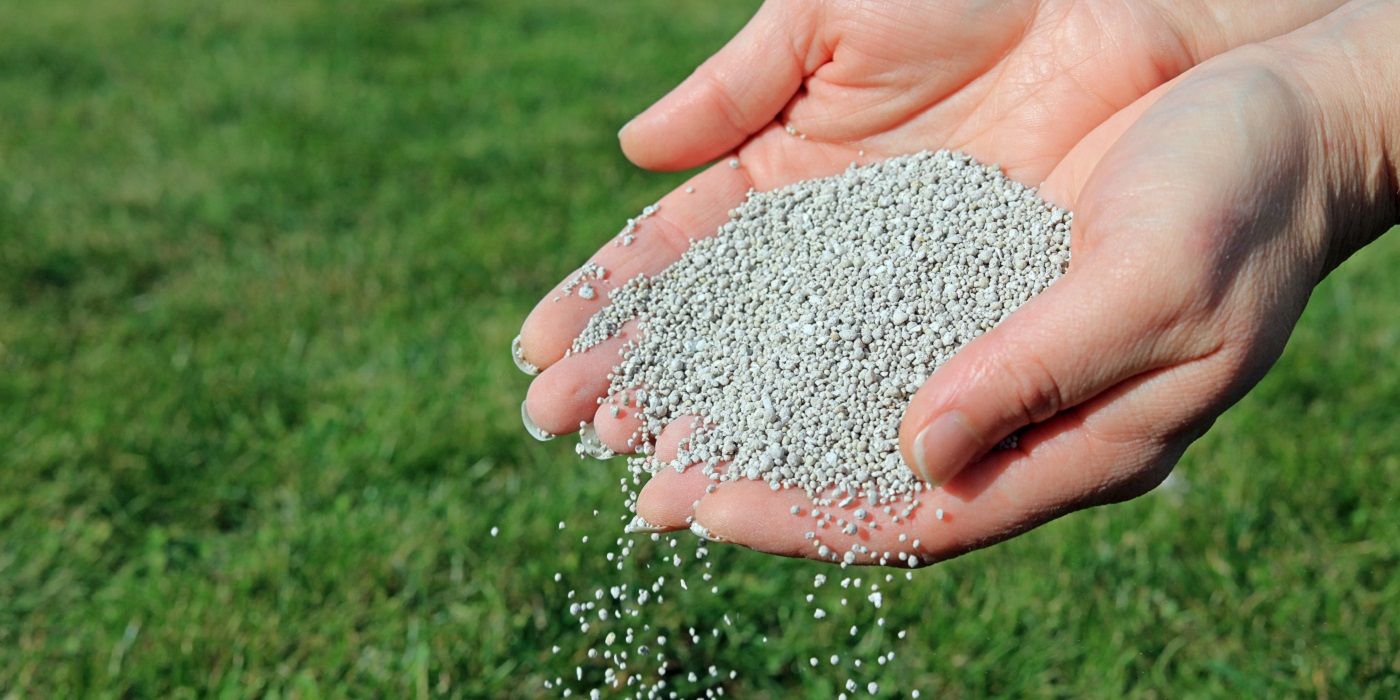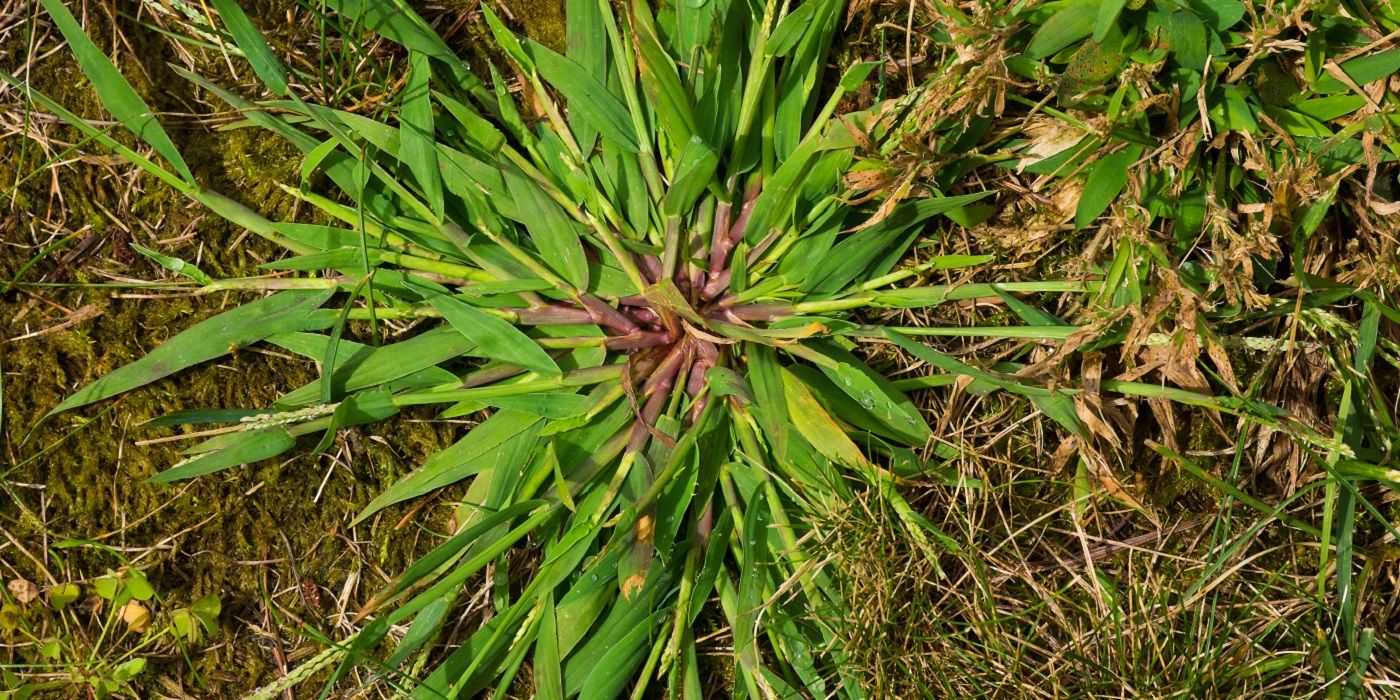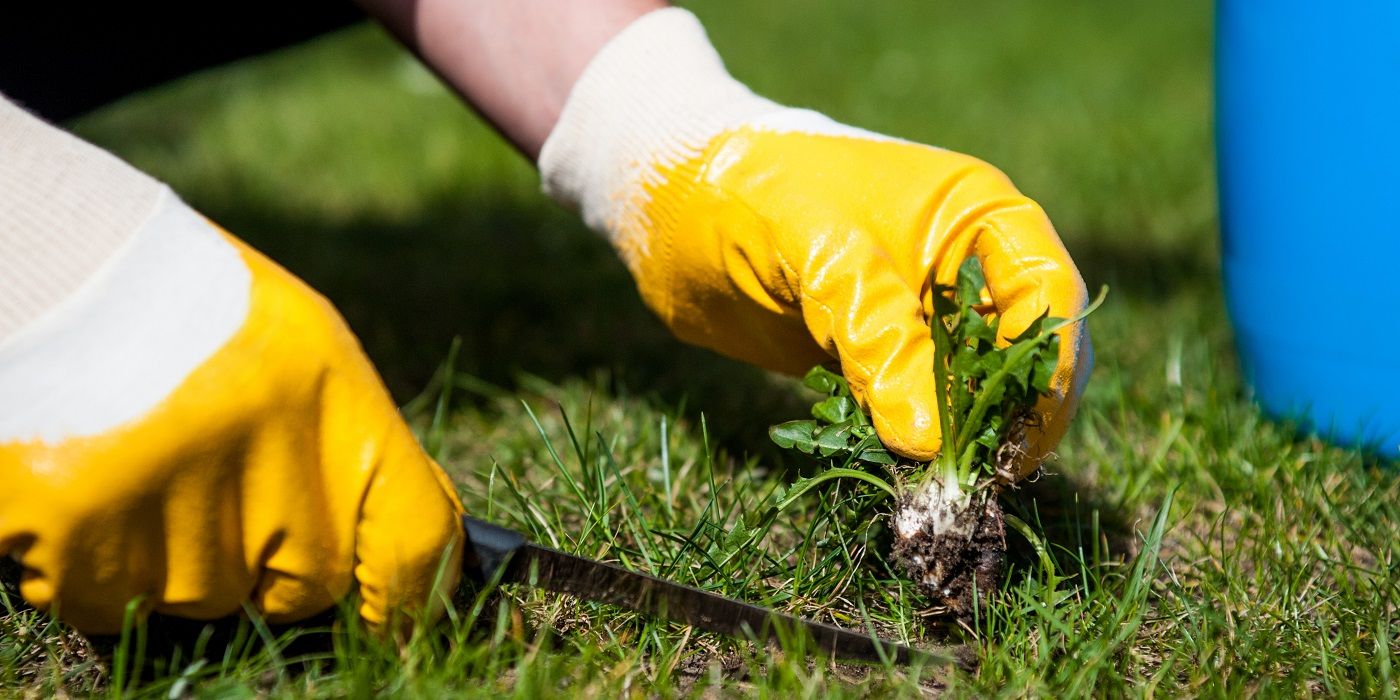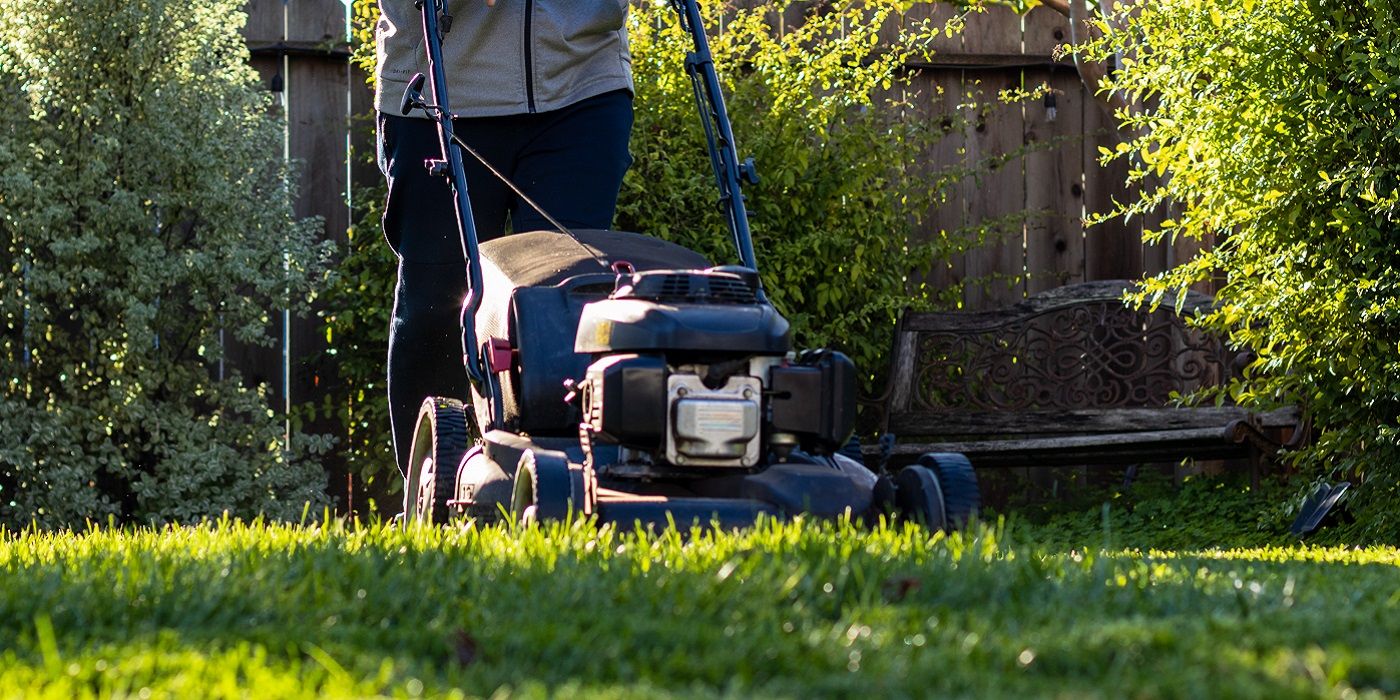Key Takeaways
- Early spring is crucial for lawn care, setting the stage for healthy growth and preventing problems later in the year.
- Fertilize with options like rapid-release or slow-release to build the foundation for a resilient lawn.
- Proactively managing crabgrass by using pre-emergent herbicides helps maintain a lush, weed-free lawn.
Spring is almost here and with it comes the opportunity to get your lawn in top shape after a long winter. A good-looking lawn adds curb appeal to your home and provides a comfortable outdoor space. However, caring for your lawn can be daunting, especially early in the growing season when the weather is unpredictable and the ground is still thawing.
To help you get started, learn the best tips for caring for your lawn during the early weeks of spring. From preparing the soil to mowing, learn how to ensure your lawn looks its best throughout the growing season.
Lawn Care in Early Spring
Why is this time so important for your grass?
Early spring is a crucial time for lawn care as it sets the stage for the rest of the growing season. During this time, the soil temperature starts to warm up, and the grass begins to get greener. By providing proper care at this important time of year, you can promote healthy growth, prevent disease, and avoid potential problems that could arise later in the year.
A well-maintained lawn will not only look better, but will also be more resilient to the summer heat, heavy foot traffic, and other stressors. Not to mention, this is a great time to address any bare spots or weed problems that may have developed over the winter.
Ensure that your lawn remains lush, green, and healthy throughout the year by investing time and effort early in the growing season.
1 Fertilize to Nourish Soil
Feed your lawn to grow healthier grass
Fertilizer provides grass with the essential nutrients to grow strong. Without enough nourishment, grass can become weak, dull in color, and susceptible to diseases. By fertilizing your lawn in early spring, you are building a strong foundation for the rest of the growing season. Plus, it enhances the overall well-being and appearance while reducing the likelihood of weed growth.
You have options when it comes to choosing fertilizer. Sometimes, the various possibilities can be overwhelming. But in spite of all the different brands and different types of fertilizer, there are still only two main types.
- Rapid-release fertilizer provides an instant boost of nutrients to help it bounce back quickly.
- Slow-release fertilizer nourishes the lawn over time, providing a steady and slow burst of nutrients.
- A combination of rapid-release and slow-release fertilizers works well if you want to spend less time on lawn care during the season. A combination of both types may be a good option, as it will continuously nourish your lawn in two different ways.
In any type, most lawn fertilizers contain some combination of three main nutrients that enrich soil: nitrogen, phosphorus, and potassium. These elements are represented by the letters N, P, and K. Both organic and inorganic fertilizers will usually contain these nutrients.
Organic fertilizers are made from natural materials, such as bone meal and manure. Inorganic or synthetic fertilizers are chemical-based.
2 Get Rid of Crabgrass For Healthier Grass
Get rid of the weed that robs nutrients from your lawn
Crabgrass is a type of weed that can quickly take over a lawn, making it look unsightly and damaging the overall health of the grass. It is best to tackle crabgrass in the early spring when it is starting to germinate. You can use pre-emergent herbicides to prevent the weed seeds from sprouting or hand-pull the weeds if they are few. If you already have a large crabgrass infestation, spot-treating with post-emergent herbicides can fight it.
Crabgrass is a persistent weed that can quickly spread throughout your lawn when the soil temperature rises from 60 to 70 degrees Fahrenheit. To prevent this from happening, keep an eye on the soil temperature. Crabgrass is a warm-season grass that thrives in temperatures above 80 degrees, so look for weeds when temperatures spike.
By being proactive and monitoring the soil temperature, you can take the necessary steps to control crabgrass before it takes over your lawn. It will help keep it looking its best and free from unwanted weeds.
|
Pre-emergent herbicides |
These herbicides are designed to prevent weeds, so they should be applied before you see any weeds in your lawn. |
|
Post-emergent herbicides |
These herbicides are applied to the lawn after weeds have already started to grow in the lawn. |
3 Control Weeds Immediately
Manage weeds when and where you find them for good lawn care
Weeds can quickly spread and take over your lawn, competing with your grass for nutrients and water and detracting from the overall appearance of your yard. In early spring, the soil is warm enough for weeds to germinate, making it the perfect time to tackle them before they become established.
You can remove weeds by hand, using a hoe or weed puller, or using a herbicide designed for lawns. Even when removing weeds, exercise some care with the task so as not to damage the surrounding grass or soil. Sometimes, you may have to dig weeds out of the lawn because they do not pull up easily.
You should use herbicides only as a last resort, and follow the product label instructions carefully to avoid harming your grass.
4 Prepare Your Lawn Mower for Spring
Make sure your mower is ready to work
Before using your mower, check that it is in good working order, with sharp blades and a properly functioning engine. A dull mower blade will tear the grass, making it vulnerable to disease, while a poorly functioning engine can be dangerous to use.
Once your mower is in good condition, you can start mowing your lawn. Mowing is necessary for good lawn care, as it promotes healthy growth by removing dead grass and allowing sunlight to reach the roots. Mow regularly, maintaining a height of around 2 to 3 inches, as cutting too much grass at once can stress the lawn. In early spring when growth is new, aim to mow when it reaches 3 to 4 inches.
5 Define the Lawn's Edges
Find the boundaries and keep them looking neat
By clearly defining the edges of your lawn, you will create a neat, well-manicured appearance and prevent grass from invading garden beds or spreading into unwanted areas. You can achieve it by using a combination of edge tools, such as a spade, half-moon, or power edger.
Regularly maintain the edges of your lawn, removing any grass that has crept over the boundary if necessary. Defining boundaries also helps to create a visual separation between your lawn and other landscaping features, such as flower beds or walkways, adding to the overall aesthetic appeal of your yard.
The Greener the Lawn, the Happier the Home!
Practicing good lawn care in early spring is crucial in maintaining a healthy and beautiful yard. From fertilizing to defining boundaries, taking the time to attend to these tasks will ensure that your lawn is ready for the growing season.
By following these tips, you can keep it looking its best, promote healthy growth, and avoid problems with weeds and other pests.

